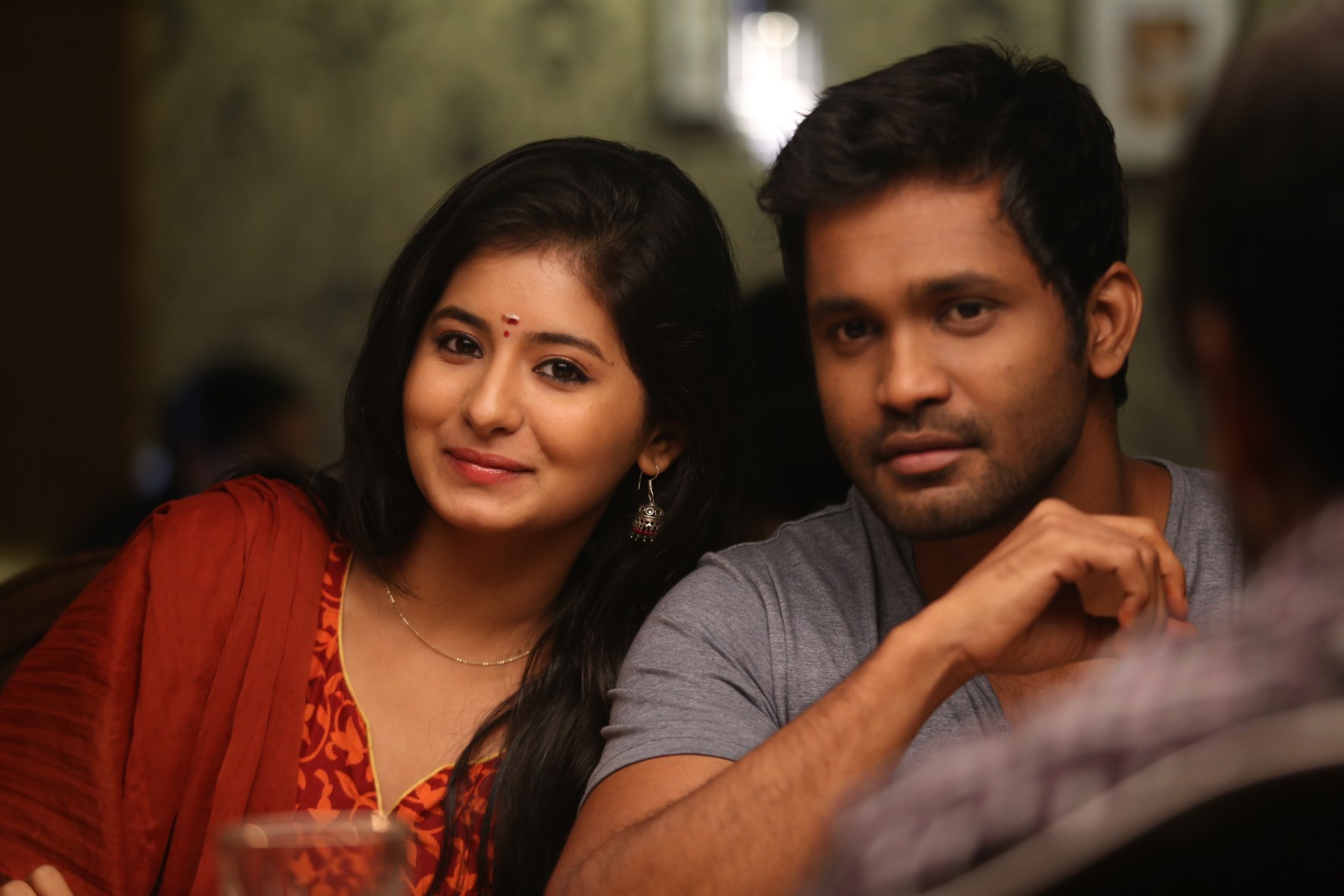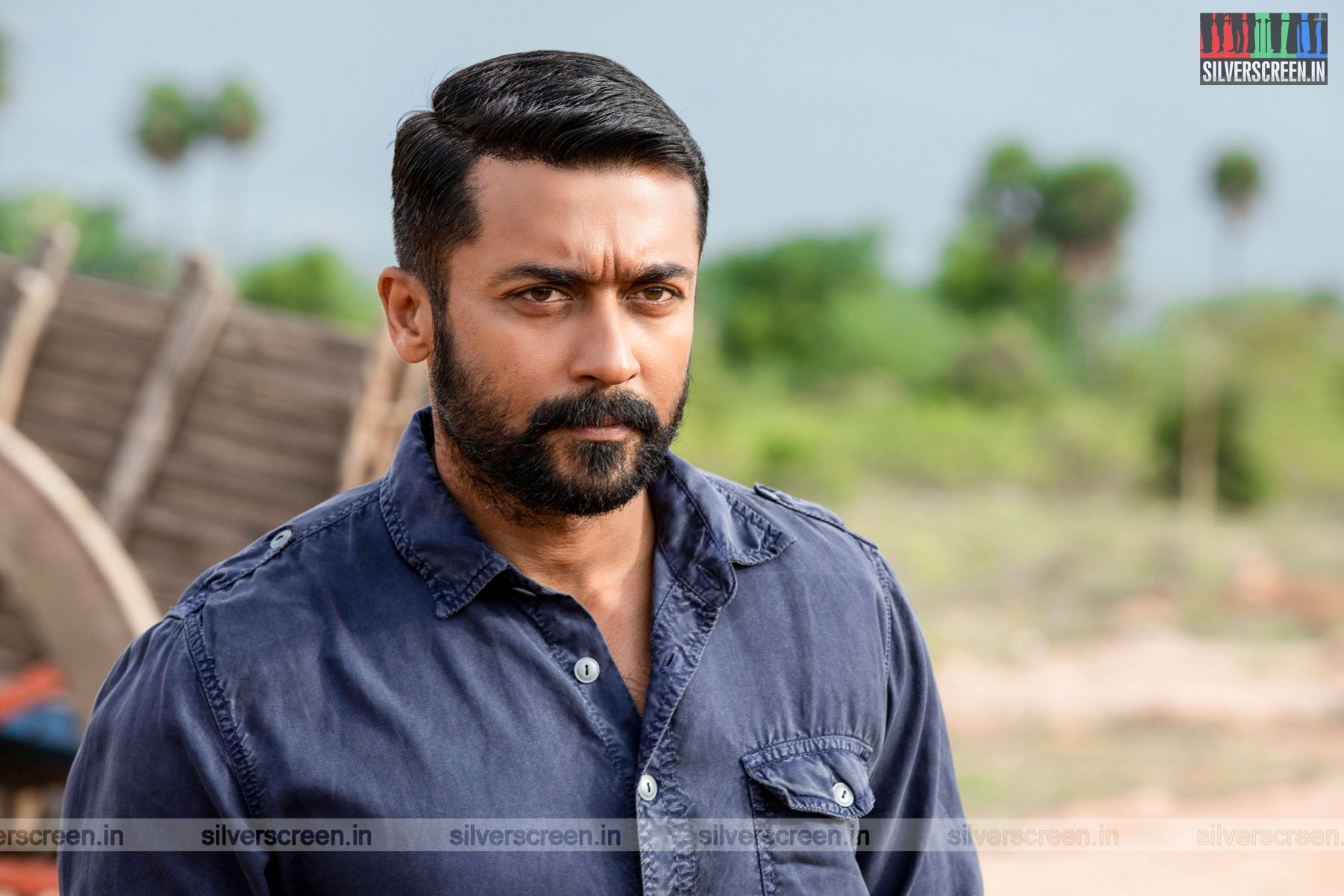Saroja Devi – one of the few remaining superstars of the glorious 50s – still meets with weird fan requests. She has been asked for a bit of her hair, her clothing, and once, even a handkerchief she’d used.
“Why would they want my old sari?” she wonders.
A trip to the local market is not complete without people (of all ages) mobbing her. And, in this celebrity-obsessed world, life for Saroja Devi has become quite troublesome, indeed.
“A young man approached me late at night one day,” Saroja recounts. “He held a metal stick, and kept walking towards me. I yelled for my driver; I thought I was going to be attacked.”
He turned out to be a fan who just want a picture. The metal rod happened to be a selfie stick.
“I felt very bad later,” she confesses, “I apologised to him, and took several pictures.”
*****
When I meet the 60-something Saroja Devi at her home in conservative Malleswaram, she looks every inch the superstar that she still is. A sky blue Mysore silk is what she has chosen for our interview. That, and some lovely diamonds. Her hair is swept up in an elegant bun, a classic chignon that is quite telling.
I expect cool formality.
But,
“Hello, kanna!”
There’s evening tea. Dainty cups, the works. Small talk is mandatory, Saroja Devi is a stickler for rules that way.
I’m reminded of Downtown Abbey.
*****
Otherwise, Saroja Devi is full of interesting tales. MGR is a favourite topic, I soon find. “The handsomest man” she knew then, while Sivaji Ganesan “would act so well” that she would “stare instead of saying her dialogues”.
Her dear, dear friend Jayalalithaa though, “was the most beautiful woman on Earth.” She grows a little gloomy, then. “I was confident that she would recover. I prayed to God fervently; I don’t know why he didn’t heed my prayers.” Saroja seems on the brink of tears, but quickly recovers. And just like that – in a sudden change of mood that’s so characteristic of her – she’s back to reminiscing about her days in cinema.
In accented Tamil.
*****
Mahakavi Kalidasa, her debut film, stars a Saroja Devi who looks just as she does now. With an almost ethereal beauty, she was the highlight of this Kannada drama. Her performance fetched her much acclaim – and quick on its heels, was also the attention of MGR. In the late 50s, this young girl from Karnataka emerged as the best choice to star opposite MGR. Saroja remembers the event fondly. “My father often used to tell me that I walked like I was skipping away on clouds. I felt like it when MGR sir chose me for his film.”
Saroja is still childlike – the obvious signs of age, and the stray gray hair aside, nothing about her will likely reveal her true age. “People often mistake this for immaturity,” she rues. Behind this childlike demeanour though, is the canny mind of a superstar who once ruled over four film industries. At the height of her rein, Saroja competed with actresses like Vyjayanthimala Bali, Savithri, KR Vijaya – and had to contend with younger, prettier actresses, too. It wasn’t an easy feat. Just as it is today. “I never saw them as competitors, though,” she says, “I was friendly with all of them, and never saw them as a threat. I had the highest respect for my fellow artistes. If a role came to me, it was meant for me.”
This “philosophy” was influenced by MGR, she adds. “He was constantly pitted against Sivaji Ganesan. And then, against Karunanidhi. But he never let that trouble his mind. Ego was suicide for artistes, he would say. And I followed it like it was the Bhagavad Gita.”
Soon enough, her refreshing attitude towards the film world fetched her many admirers. She was MGR’s lucky mascot, Sivaji Ganesan’s close friend and the dream girl of South India. Women mimicked her clothing, the way she talked, even the mincing way she walked. Men wanted to marry her.
“It was a crazy time. I worked 20 hours a day, and I was so busy I didn’t know what was happening when. Even now, when an old friend tells me of some amusing thing that happened on sets, I wouldn’t remember. I would have to ask my mother, but now, she ‘s no more.”
Her mother, Rudramma Devi, was an important figure in Saroja Devi’s life. She was always by her side, accompanying her to film sets all around the world. Rudramma Devi carefully orchestrated Saroja’s career, and was, by all accounts, the original Momager. “I miss her terribly. Even now, she is the only one who’d remember much of what happened during my life better than I do.”
*****
Saroja Devi was an unwanted child. The last of four daughters born to Bhairappa and Rudramma, Saroja was almost given away for adoption, when her father intervened. “He was my saviour. He called me his joy. His beautiful joy,” Saroja says. It was at his insistence that she learnt classical dance and music. With her arching brows and light feet, Saroja quickly became one of the most-wanted performers in 50s Karnataka.
“I faced heavy crowds from an early age. It was natural for me to perform way into the night. People would ask for more. My feet would ache, but I wouldn’t stop. I loved the adulation. And I just couldn’t say no!” This was early practice for life as the ‘Abhinaya Saraswathi’. Later on, Saroja would rely heavily on her dancing skills to establish her Hindi film career. “I couldn’t dub for myself, my Hindi was too chaste for that. So I danced the best dances of my life. I put my heart, soul and aching feet into it.”
The result was there for all to see. As Saroja Devi flits across the stage, a besotted Sunil Dutt can’t seem to stop staring.
Neither could the audience.
Saroja Devi played rich girls onscreen. She wore glittering silks and diamonds, and sported a posh accent – a direct contrast to the common man roles the actors got to play. Reality, she says, was much different. “It was difficult for me to put on airs in the beginning. We were a humble family, and quite a large one at that. I was raised very strictly, and was taught to be a ‘gentle woman’. When directors used to ask me to act like a ‘thimiru pudicha ponnu‘, I would stutter.”
MGR found it quite funny when Saroja Devi innocently explained her dilemma to him during the filming of Naadodi Mannan.
“Yaarukkum kedaikkadha vaaippu unakku kidaithullathu, Devi. Idhai ubhayogithukolvathu unadhu thiramai alla kadamai,” he had said.
[You have the opportunity that others don’t; it’s your duty to use it well]
It was only then that she realised what has been handed to her. “Kadamaiyai naan seidha thozhil dhaan ennai inge kooptittu vandhirukku.”
[It’s something that I had earned through hardwork]
*****
Soon, Saroja Devi was playing the role of a rich girl with ease, and by Puthiya Paravai – in which she starred as the infamous Latha – the actress had developed a love for films. It was no longer a chore, and she moved on to more dramatic roles. Puthiya Paravai was one such film. A suspense-thriller, the film required Saroja to exude sensuality, dupe a man into a love affair, all in the aid of the Government. For the 60s, this was quite a progressive film. That it had blockbuster songs was an added benefit. And that Saroja Devi looked like a dream, didn’t hurt either. “I was told that the red sari I wore in the film became the most wanted that year. It was the highest compliment I could receive.”
The movie also came around the time when Saroja Devi began to yearn for companionship. Her friends were all married, with children. “I felt like I was missing something. Sivaji sir laughed when I told him this. ‘You have houses, cars, and the most expensive jewellery. What more do you want? Are you after my film roles?,’” he had asked.
But it wasn’t just that. After a decade of romancing men and marrying them, Saroja wanted to do all that in real life. And soon, the ‘suitable boy’ that her family was looking for came in the guise of an engineer from Bangalore; his name was Sri Harsha.
*****
 Unexpectedly, Saroja Devi’s life was fraught with financial troubles around the time of her wedding. She was in debt, and most of the first few years of her marriage were spent paying them off. “It was my fault. During those days, we did not have access to the kind of financial consulting that is available today. Much of what we got, we spent. We invested in foolhardy schemes. We also financed less prosperous relatives. It took out a lot of the money I earned.”
Unexpectedly, Saroja Devi’s life was fraught with financial troubles around the time of her wedding. She was in debt, and most of the first few years of her marriage were spent paying them off. “It was my fault. During those days, we did not have access to the kind of financial consulting that is available today. Much of what we got, we spent. We invested in foolhardy schemes. We also financed less prosperous relatives. It took out a lot of the money I earned.”
It was at this point that Saroja Devi rued her lack of proper education. “I wanted a better life for my children. I spent half my life working myself to death. And when I finally came into money, I was in no mood to enjoy the money I’d earnt, because there was very little left. Harsha helped. He was a saint. He understood me, my ways. And did a lot to help me change my bad ways,” she laughs.
Post her marriage though, Saroja Devi stopped acting with MGR; her last film with the actor being Arasa Kattalai in 1967. The young and glamourous Jayalalithaa was also a part of the film. “She was so pretty. She didn’t need any makeup at all,” Saroja exclaims.
Even though their acting collaboration had ended, MGR continued to be a part of her life. Her son, Gautham Ramachandran, has been named after the actor. “He even attended the naming ceremony. We saw each other sporadically, but I knew that he cared.”
Soon, as her marital life flourished, offers begin to dwindle on the career front. Even then, while other heroines chose to do supporting roles to stay relevant, Saroja Devi insisted on being the female lead. “I knew my worth. Never have I felt the need to lower my standards for anything. Besides, my husband and my friends always wanted to see me as the lead. They wouldn’t have accepted me doing any other role.” The actress has done over 160 films as the female lead, an unmatched feat perhaps. “These days, actresses call themselves a superstar after having done just 50 films. I did 50 in my first two years,” she laughs.
*****
Saroja Devi admits that there’s a lack of women-centric roles in the industry. And the movies themselves – in the past five years – are so standard that they seem factory-assembled, she says. “The women, too, look much the same. The Tamil cinema heroine is now a standardised format. You need a certain look, long hair, flawless skin, perfect figure. In my time, it was not so. Women chose to act after marriage, and were still revered. I have acted in films after giving birth to my children, and I know for sure that I wouldn’t be able to do that now. Jyothika is perhaps the exception to the rule.”
Incidentally, it was after the death of her husband in 1986, that Saroja Devi began to accept supporting roles. “It was perhaps the lack of confidence. A bit of me went away with my husband. After he passed away, I felt like my life had ended. It took me a while to get back up again. I still feel like I’m whiling away my time, waiting for him to come take me away.”
Saroja Devi becomes momentarily lost in her memories, as a maid quickly whisks me away.
I pass a huge portrait of Sri Harsha in her sitting room.
*****
A week later, we meet again.
Recommended
Saroja Devi is her usual charming self this time; that chink in the armour no longer visible. She opens a huge album, shows pictures from her film career, reminding me of all the sprightly heroines she has played on screen.. Latha from Puthiya Paravai, Muthazhagi from Padagotti, they’re all there; the arched eyebrows conveying disdain in one, and the nose, petulant in love in another.
Aadhavan (2009), featuring Suriya and Nayanthara, did not do this actress justice. She was a mere prop for comedy. Saroja becomes a little sombre when I tell her this. “Sivakumar is a family-friend,” she’d told me earlier.
“Let it go, kanna. I have.”
*****
The Saroja Devi interview is a Silverscreen exclusive.



